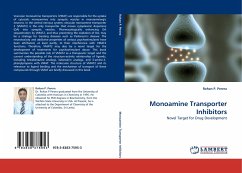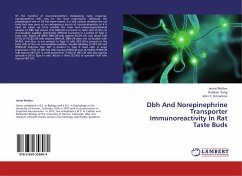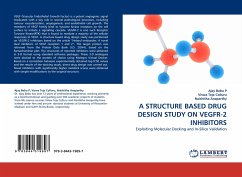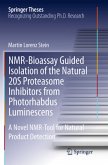Vesicular monoamine transporters (VMAT) are responsible for the uptake of cytosolic monoamines into synaptic vesicles in monoaminergic neurons. In the central nervous system, vesicular monoamine transporter 2 (VMAT2) is the only transporter that moves cytoplasmic dopamine (DA) into synaptic vesicles. Pharmacologically enhancing DA sequestration by VMAT2, and thus preventing the oxidation of DA, may be a strategy for treating diseases such as Parkinson s disease. The neurotoxicity and addictive properties of various psychostimulants have been attributed, at least partly, to their interference with VMAT2 functions. Therefore, VMAT2 may also be a novel target for the development of treatments for psychostimulant abuse. This book summarizes the possible role of VMAT2 as a therapeutic target and the current understanding of the structure-activity relationship of ligands, including tetrabenazine analogs, ketanserin analogs, and 3-amine-2- phenylpropene with VMAT. The molecular structure of VMAT2 and its relevance to ligand binding and the mechanism of transport of these compounds through VMAT are briefly discussed in this book.
Hinweis: Dieser Artikel kann nur an eine deutsche Lieferadresse ausgeliefert werden.
Hinweis: Dieser Artikel kann nur an eine deutsche Lieferadresse ausgeliefert werden.








